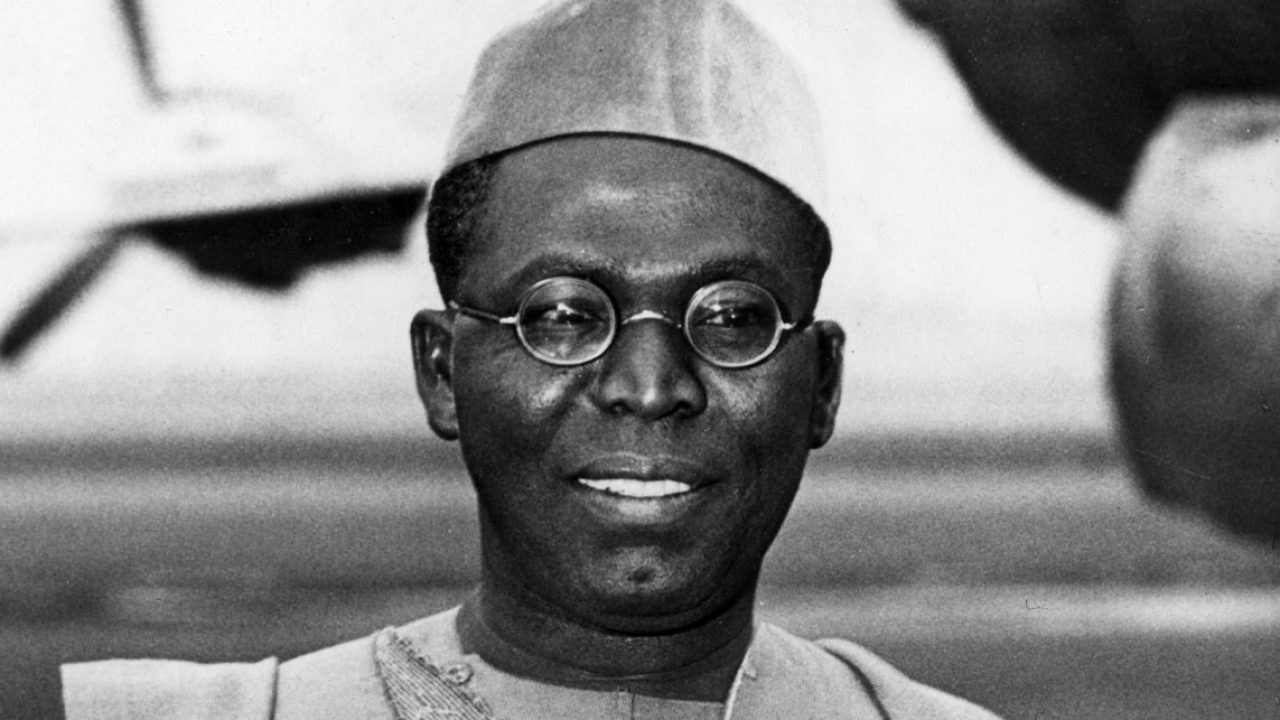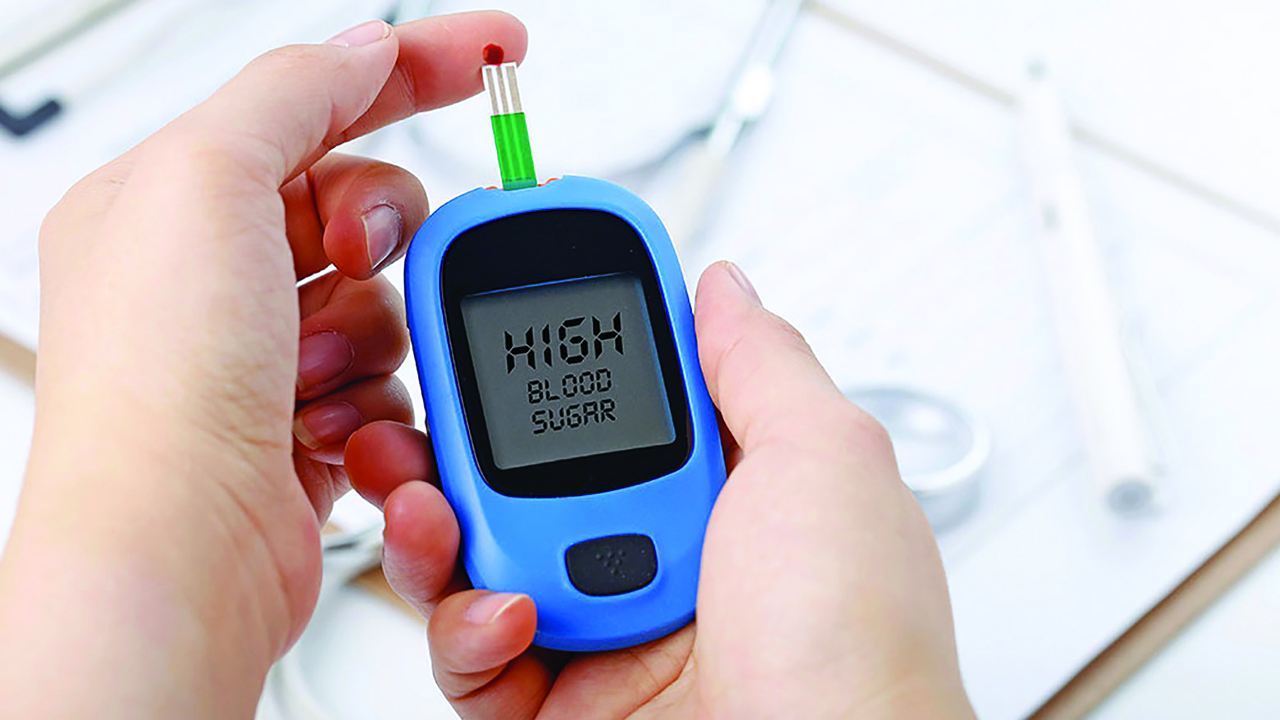With FAO’s Global Conference on Sustainable Livestock Transformation convening in Rome from 29 September to 1 October 2025, the Sahel has an opportunity to turn commitments into measurable action that advances inclusion, animal health and feeding, and market access for women and youth. In a region where livestock is life, the choices made now will shape whether millions of families move toward resilience or remain locked in fragility.
Livestock is central to Sahelian economies. In countries such as Niger, Mali, and Chad, it contributes up to 40 per cent of agricultural GDP and sustains millions of households. West Africa and the Sahel together host more than 112 million cattle, 170 million sheep, and 224 million goats, an enormous resource with untapped potential. Yet climate shocks, land degradation, disease, and insecurity keep productivity low and food insecurity high. Women and young people, who are the majority in this sector, face the steepest barriers to land, finance, and veterinary services.
In Thiès, Senegal, women like Anta Gueye are proving the impact of Heifer International’s Mayors’ Initiative for Sheep Self-Sufficiency. With training, veterinary support, and better market access, she has turned her flock of sheep into a steady source of food and income. Once her family depended on buying animals, now they raise their own, a change that brings dignity and resilience. To date, the initiative has supported more than 30,000 farming families, 85% of them women, who are reporting higher incomes and greater food security. This demonstrates how investing in women in livestock builds stronger communities across the Sahel.
We already know what works. The World Bank’s PRAPS initiative has reached more than 2.2 million pastoralists with vaccination campaigns, water points, and market facilities. ECOWAS has prioritised pastoralism in its regional agricultural policy. In Senegal, PRAPS II is expanding vaccination parks and supporting mobility. And initiatives like the Heifer–Mastercard Foundation Meliteji WASU program show how locally led partnerships can strengthen animal health and feeding and market access while centring women and youth. What is needed now is the political will to scale them.
The climate debate must also be reframed. Too often, pastoralists are portrayed as part of the problem. In reality, they are climate allies. By restoring rangelands, adopting improved feed, and managing herds sustainably, they reduce emissions and protect ecosystems while feeding their families. Justice requires supporting their resilience with access to finance, technology, and services, not penalising them for emissions they did not create.
As global leaders gather in Rome, three priorities should guide the way forward. First, livestock strategies must include clear gender and youth targets, with equal access to land, finance, and services. Second, investments in infrastructure and animal health and feeding must scale up, expanding vaccination parks, water points, and risk management tools such as livestock insurance. Third, stronger data systems are needed to map transhumance routes and track results by gender and age.
This is not the time for broad statements. FAO, ECOWAS, and donors must commit to measurable targets and coordinated financing to ensure inclusive livestock systems can thrive. The future of the Sahel depends on the strength of its livestock sector and the people, women, youth, and pastoralists who sustain it.
The time to act is now. By investing in animal health and feeding, markets, and fair access to land and finance, leaders can make livestock a foundation for stability, dignity, and growth across the Sahel.
Ba is the Regional Director for the Sahel at Heifer International






